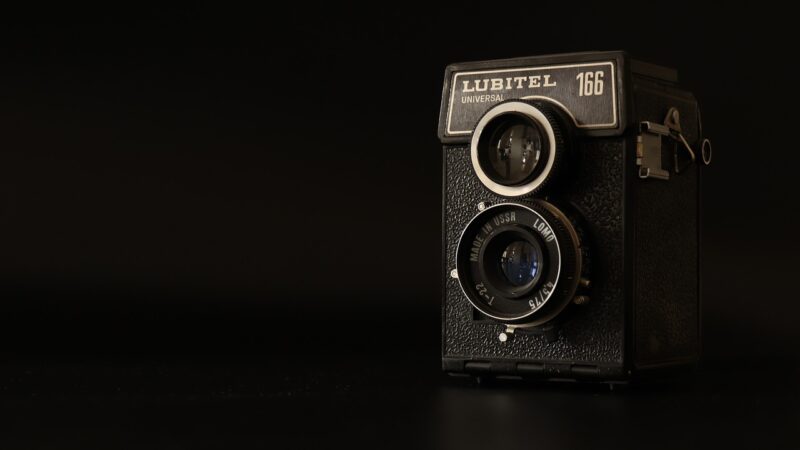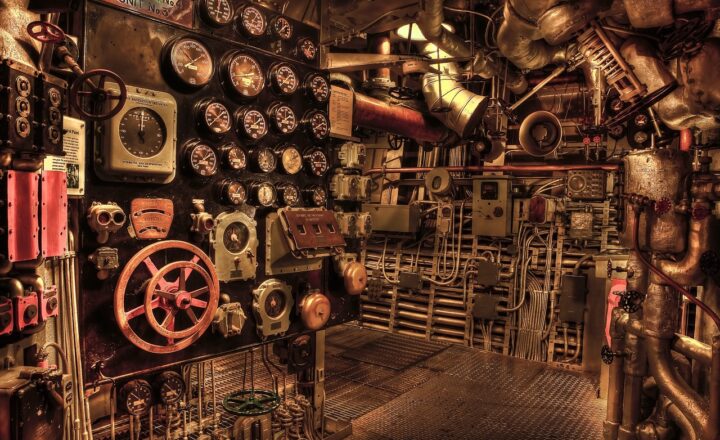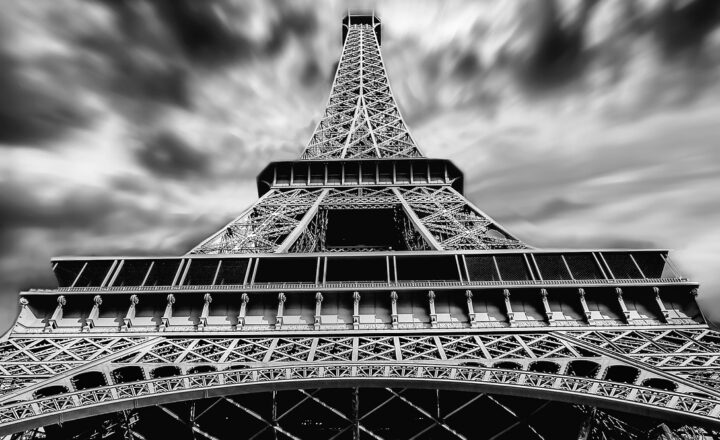How Instant Film Cameras Became a Cultural Icon in the Photography World
November 15, 2024

Instant film cameras have captured the imaginations of photographers and casual users alike since their inception, transforming the way we think about photography and memory. These unique devices, which can deliver printed photos within moments of being taken, have carved out a niche in the broader photographic landscape and become cultural icons in their own right.
1. The Origins of Instant Photography
The story of instant photography begins in the late 1940s when Edwin Land, co-founder of Polaroid, introduced the first instant camera, the Polaroid Land Camera 95, in 1948. Land’s vision was to create a camera that could produce photographs in an instant, a concept spurred by his daughter’s desire to see photos immediately after they were taken. This revolutionary invention changed the way people engaged with photography and laid the groundwork for the cultural phenomenon that would follow.
The initial instant cameras required a special film that developed on its own. Land’s invention saw rapid commercial success, and Polaroid became synonymous with instant photography for decades. As technology progressed, instant film cameras experienced various innovations, most notably in design and film quality, leading to different models catering to a wider range of users.
2. The Rise of Instant Film Cameras in Popular Culture
By the 1970s and 1980s, instant film cameras had established themselves in popular culture. The spontaneous nature of instant photography resonated with a generation that valued immediate gratification and tangible memories.
In numerous films and television shows, characters could be seen snapping and sharing moments captured by instant cameras, reinforcing their status as cultural staples. From street photography to family gatherings, instant photos found their place in everyday life, acting as both an artistic tool and a social device.
The rise of instant film was closely tied to significant cultural movements, particularly in art and music. Artists used instant photography to capture raw emotion and spontaneity, while musicians and bands utilized these cameras for promotional material, album covers, and behind-the-scenes moments.
3. The Technological Evolution of Instant Cameras
The technological evolution of instant cameras includes various groundbreaking developments. In the 1980s, companies like Fujifilm entered the market, challenging Polaroid’s dominance with their FP-100 film and later, the Instax line of cameras. These innovations unleashed a fresh wave of creativity and accessibility, allowing a broader audience to experience instant photography.
Analog film photography trends began to surge in the late 2010s, sparking renewed interest in the classic Polaroid and newer Instax cameras. The retro aesthetic, combined with the nostalgic appeal of physical prints, attracted a new generation of enthusiasts eager for an authentic photographic experience.
The latest models feature features like built-in flashes, customizable settings, and connectivity options to enhance the overall user experience. The art of instant photography continues to evolve while remaining deeply rooted in its romantic, tangible legacy.
4. Instant Cameras as Vehicles of Self-Expression
Instant film cameras serve as platforms for creativity and self-expression. Artists, hobbyists, and professionals alike use instant photography to capture crucial moments, express emotions, and share their unique perspectives with the world.
According to recent surveys, using an instant camera has psychological benefits. Photographers tend to be more engaged with their subjects since the camera limits shots, fostering mindfulness and encouraging users to think critically about composition and lighting. As a result, instant film plays a critical role in creative exploration and self-discovery.
These cameras also contribute to social interactions. The fun and nostalgic experience of snapping a photo and watching it develop in real-time provides shared moments of joy, laughter, and connection among friends and family.
5. The Impact of Instant Cameras on Contemporary Photography
In today’s digital-saturated world, instant film cameras maintain a unique position as cultural icons. They encapsulate the desire for tangible memories while juxtaposing the immense virtual landscape dominating our everyday lives.
The resurgence of interest in film photography parallels trends towards minimalism, authenticity, and nostalgia. Instant cameras bridge the gap between traditional photography and modern technology, appealing to a range of users—from casual photographers to dedicated artists.
The role of instant film has expanded beyond everyday use, as brands like Polaroid and Fujifilm have engaged with contemporary art movements. Collaborations with popular designers and artists have inspired limited edition cameras, which have further reinforced the cultural significance of instant photography today.
Moreover, the photography community continues to thrive, fueled by social media platforms that celebrate and curate instant film work. Hashtags and online forums dedicated to instant photography empower users to showcase their creativity and connect with others who share similar interests.
6. Conclusion
Instant film cameras have transcended their status as simple photographic devices; they have become cultural icons that embody spontaneity, creativity, and shared experiences. Their evolution and enduring appeal highlight the complex relationship between technology, art, and memory in contemporary life.
As new generations discover the charm of instant photography, we can expect this beloved medium to continue captivating hearts and minds for years to come. Whether through personal storytelling or artistic exploration, instant film cameras are sure to remain cherished symbols of creativity in the photography world.








